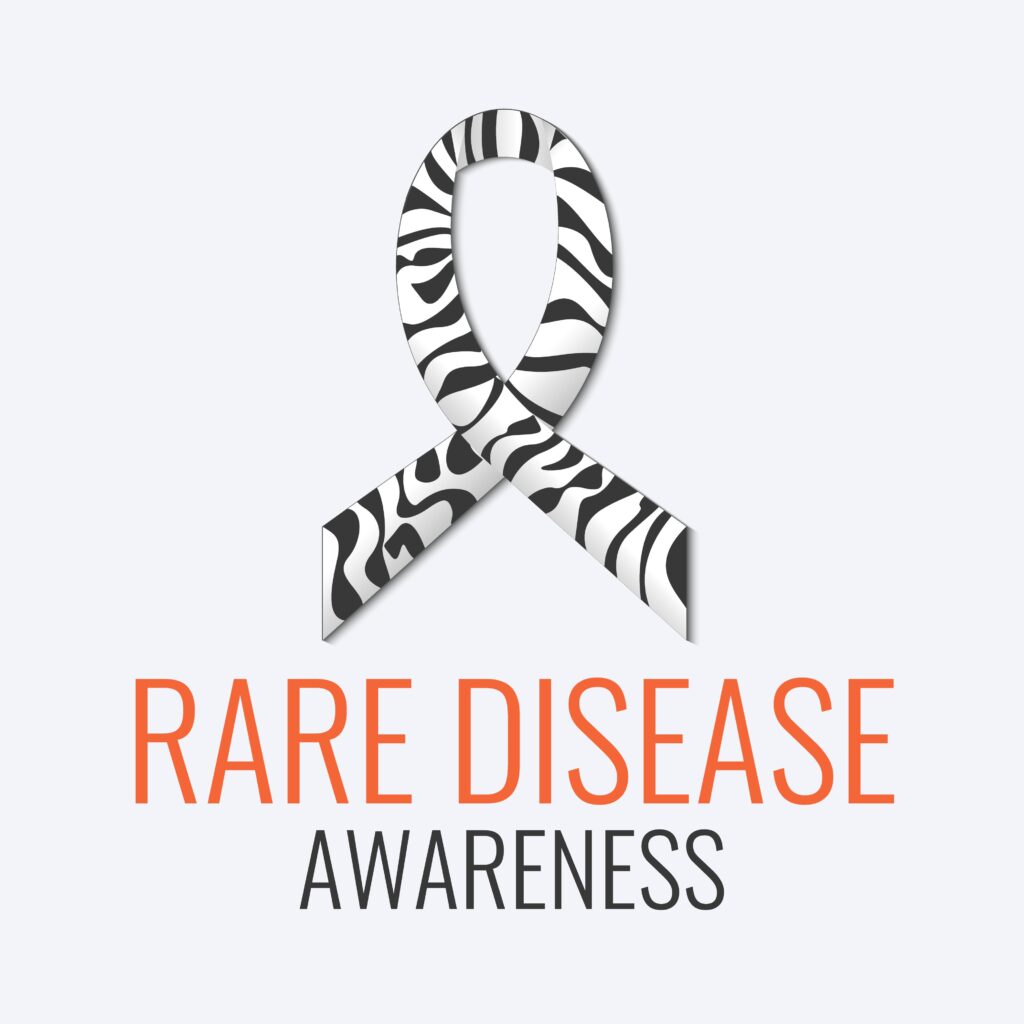Earlier this year a draft national policy was approved which could have seen the allocation of a potential 100 crore to the research and treatment of rare diseases. Abruptly, the Centre has withdrawn the policy.
 Rare diseases — despite the uncommonness that the name infers — cumulatively affect around 350 million people. This figure includes around 30 million individuals from the US and roughly 70 million in India.
Rare diseases — despite the uncommonness that the name infers — cumulatively affect around 350 million people. This figure includes around 30 million individuals from the US and roughly 70 million in India.
The National Policy for Treatment of Rare Diseases (NPTRD) has been in the works since 2009. The bill was initially passed on May 25 this year. However, such an elongated drafting period led to accusations that the government are dragging their feet on the matter. The issue is not helped by the myriad of conditions that may fall under the criteria for the disease, many of which have no specific treatments and so are difficult to legislate.
Finally, a gazette notification issued on December 19, 2018 by the Union Ministry of Health and Family Welfare stated, “The central government has decided to review the policy in light of information and updates received for further improvement. It has been kept in abeyance till a revised policy is issued.” An “interim arrangement’ which the government is supposed to present in the high court on February 8, 2019 is all that remains of the future of the policy as of yet.
Committees are dragging their feet on the issue
Websites such as DownToEarth have suggested that the government are dragging their feet on the issue. A ten member committee was declared to have been formed by December 16, though when DownToEarth contacted Ajay Kumar, Under Secretary, he claimed that by the end of December the committee had no meeting of the committee had taken place as of yet. Consequently, Kumar has stated that as of yet no conclusive deadline for the submission of the committee’s report can be established.
Among one of the primary duties is this committee is to define what falls under the criteria of a rare disease within India. “This is no less than criminal. People are dying due to lack of medicines and you say you are looking for definitions. You can define and improvise that definition in time, but till then you can at least start giving them medicines,” said Prasanna Shirol, co-founder and executive director of Organisation for Rare Disease India (ORDI).
The difficulty of legislating policies for thousands of diseases
Though the classification of rare disease has no formal definition, it is loosely considered that those diseases that affect fewer than five to seven people per 10,000 population are deemed “rare diseases”. Many of these diseases are genetic conditions and have no known cure. The diseases are often highly expensive to treat (if treatable at all) due to targeted medications being limited. They are often misdiagnosed due to a lack of awareness of many of the diseases and their symptoms. This can often result in the death of those affected.
According to a government policy document, there are currently around 7,000 to 8,000 rare diseases that fall under the classification. Of these, less than 300 have therapies available to treat them. About 95 percent of rare diseases have no approved treatment and less than one in ten patients receive disease specific treatment.
Due to the rarity of the conditions, drugs are often an uncommon and expensive commodity. This considerably drives up the prices of the drugs and often leaves sufferers unable to afford treatment.
In a court meeting on the matter, the counsel for the patients, Ashok Agarwal, says that he did not present any objection to the policy and cannot understand why the policy was put in abeyance. “We did not have any problem. We can only infer that the government had no intention, whatsoever at all, to implement its own policy and therefore this step was taken,”
More attention is, however, being paid to rare diseases. The Indian Council for Medical Research has put out a proposal for a national registry of rare conditions. This would allow for a more comprehensive analysis of the conditions, along with the numbers affected. This may translate into more research and funding allocated to tackle the diseases. Though their uncommon nature may continue to put them at a low place on the government’s priority list. The current stalling of the political process regarding these diseases indicates that this may be the case for the years to come.

